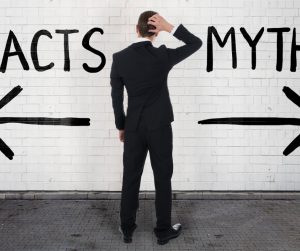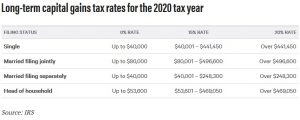What? You’re not a farmer. Why and how could you get a home loan offered by the U.S. Department of Agriculture?
The idea that you have to be a farmer to be eligible for a USDA backed home loan is a widely held misconception.
That isn’t so. In fact, you don’t even have to live in a rural area. Homes located in communities with populations of up to 35,000 are eligible. Here in Texas, that means you could obtain a USDA backed loan almost anywhere outside of the metro areas of Dallas-Fort Worth, Austin, Killeen, San Antonio, Houston, and Corpus Christie.
To see if the location you want is eligible, check out the USDA eligibility map at: https://eligibility.sc.egov.usda.gov/eligibility/welcomeAction.do
The next misconception deals with eligibility. USDA loans are advertised as being for low to moderate income borrowers. However, the accuracy of that statement depends on your definite of moderate.
In most locations, the income limit for households with one to four people is $90,300. For households of five to eight people, it is $119,200.
You may have thought of USDA loans as being subsidized housing for very low-income individuals, and that is partially true. However, there are two types of USDA loans. Direct housing loans are for low-income individuals, while moderate-income buyers are eligible for guaranteed loans.
USDA loans are NOT reserved for first-time buyers.
This is another misconception. The fact is, you can use the USDA program repeatedly, as long as you sell the first home before you close on the next. In other words, you can have only one USDA mortgage loan at a time.
Loan changes make it easier than ever to qualify for a USDA home mortgage loan.
In response to COVID-19, regulations have been relaxed and some parts of the application process have been streamlined. Also, in most cases, borrowers must have a credit score of only 640 to be eligible. Other types of loans typically require a score of 700 or higher.
The best thing about USDA Loans? The interest rates!
While interest rats for traditional home loans are at all-time lows – now hovering around 3% – USDA loans offer even lower rates. On September 1, USDA Direct Home Loans for Single Family housing were at 2.5% for low and very-low income borrowers. In addition, the fees are low, and some USDA loans require no down payment.
If you’re thinking of fleeing the city, think about making application for a USDA home mortgage loan.
If you’d like to know more about the program, your eligibility, and the areas where the house you choose will be eligible, contact us at Homewood Mortgage, the Mike Clover Group. We’ll be happy to help you secure your certificate of eligibility.
Perhaps you live in a rural community and want to invest in a business.
USDA is also offering incentives to encourage private investment in rural communities. They’ve made changes to several business loan programs in an effort to help private businesses grow, add employees, and boost local economies.
We’d love to answer your questions about the programs available to you as a homeowner or as a business person.
Call us today at 800-223-7409




















